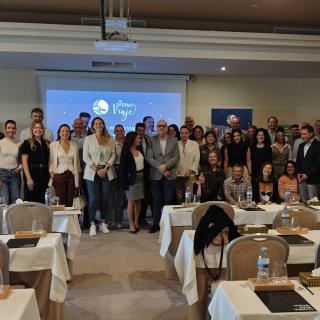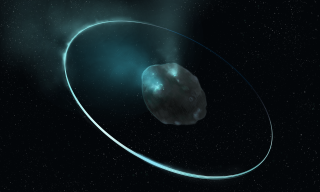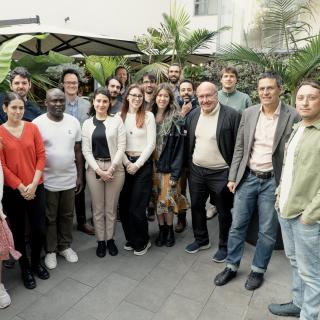
El Instituto de Astrofísica de Canarias ha recibido el agradecimiento, de manos Pedro Millán, Director Insular de Medio Natural del Área de Medio Natural, Sostenibilidad, Seguridad y Emergencias del Cabildo de Tenerife, por su participación en la iniciativa “El Primer Viaje” para la protección de la pardela cenicienta. La iniciativa “El Primer Viaje” tiene el objetivo fundamental de aumentar el compromiso de los establecimientos de alojamiento turístico con la protección de las aves y en especial con la pardela cenicienta, así como informar al visitante de la situación ambiental de esta ave
Advertised on



